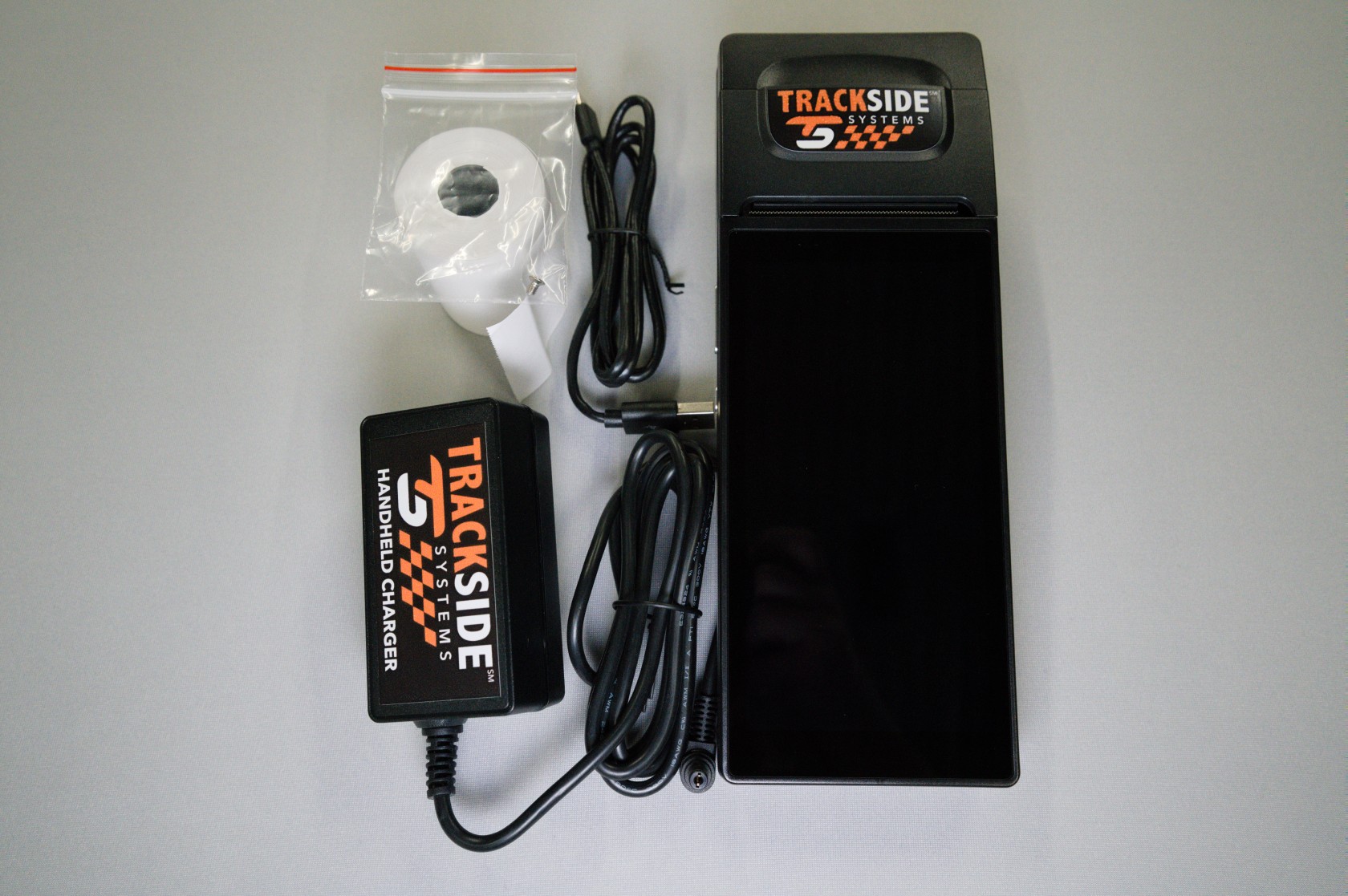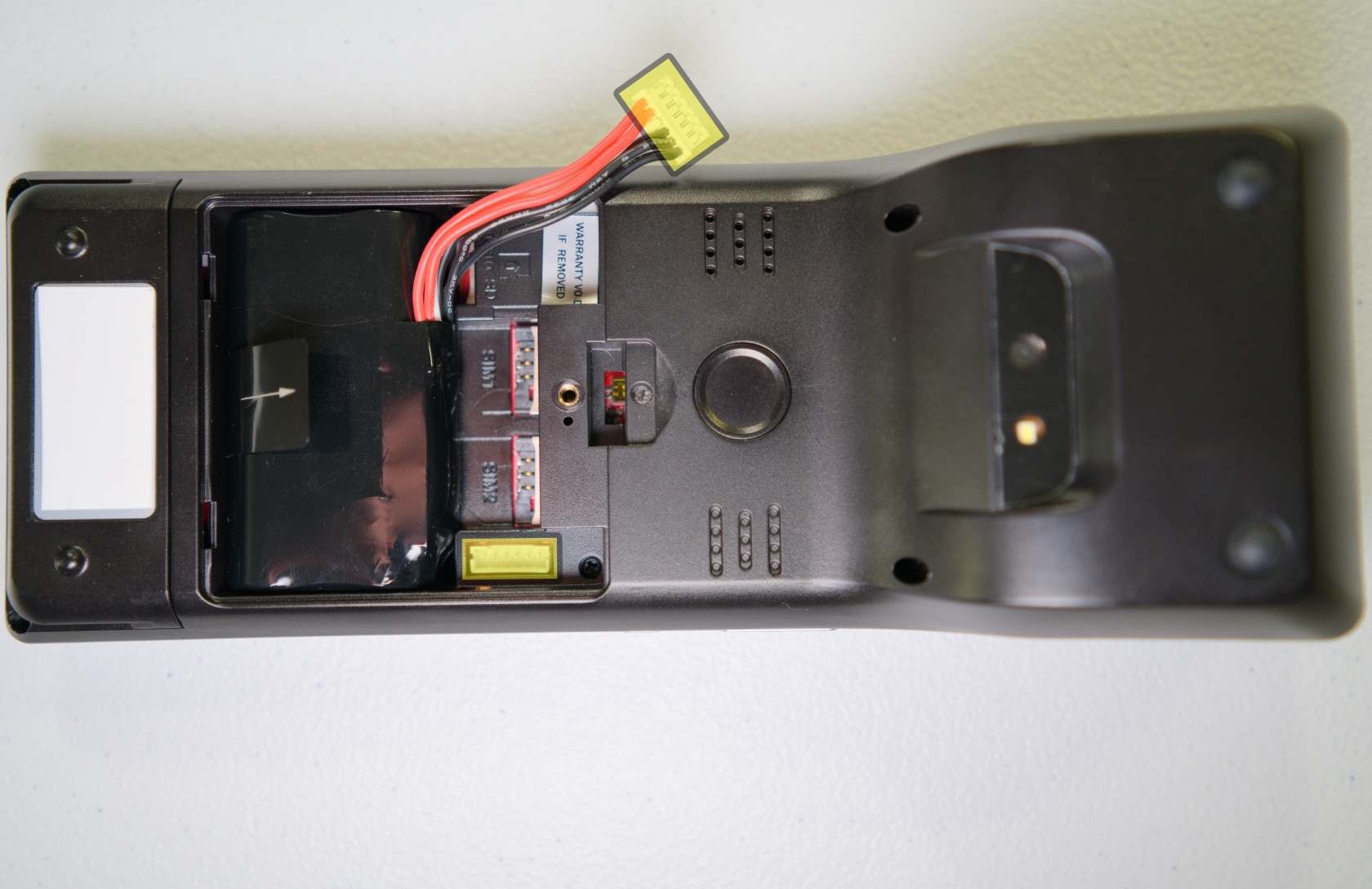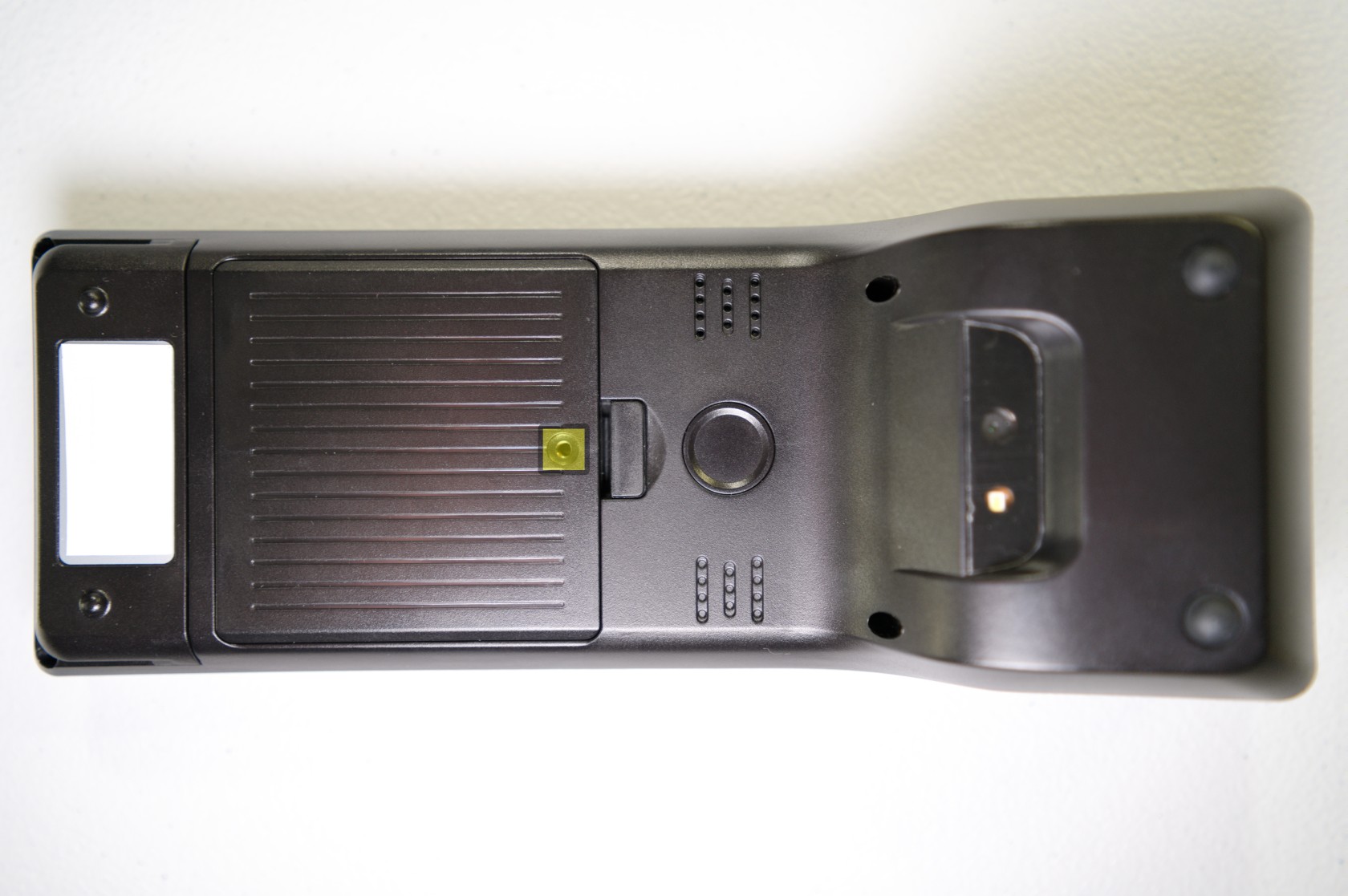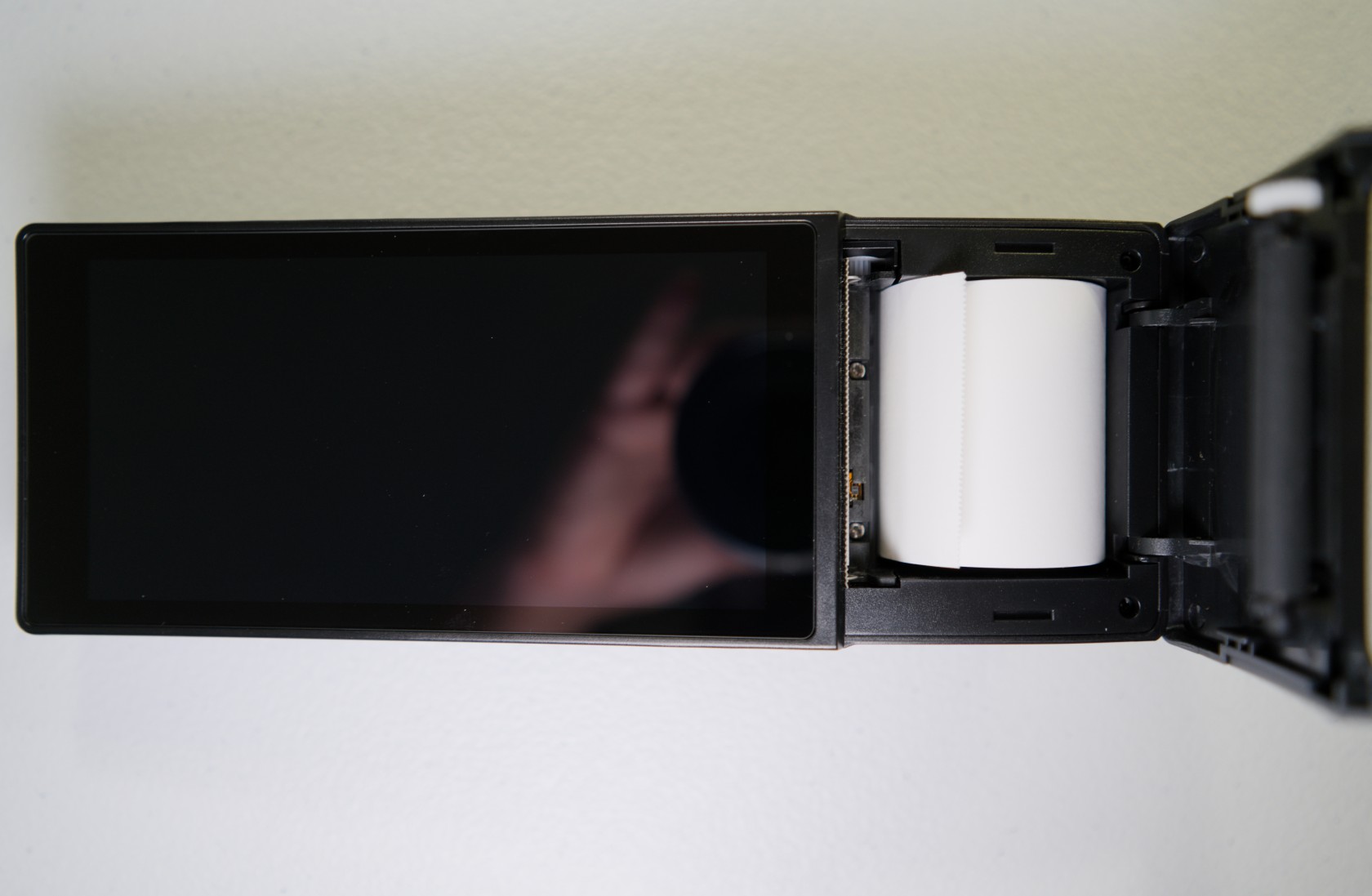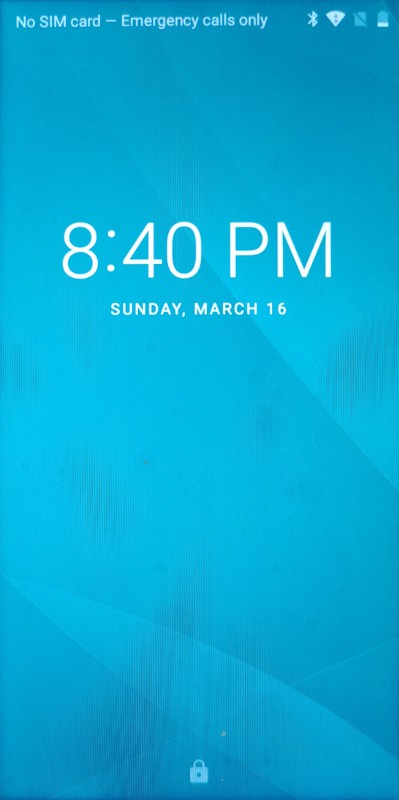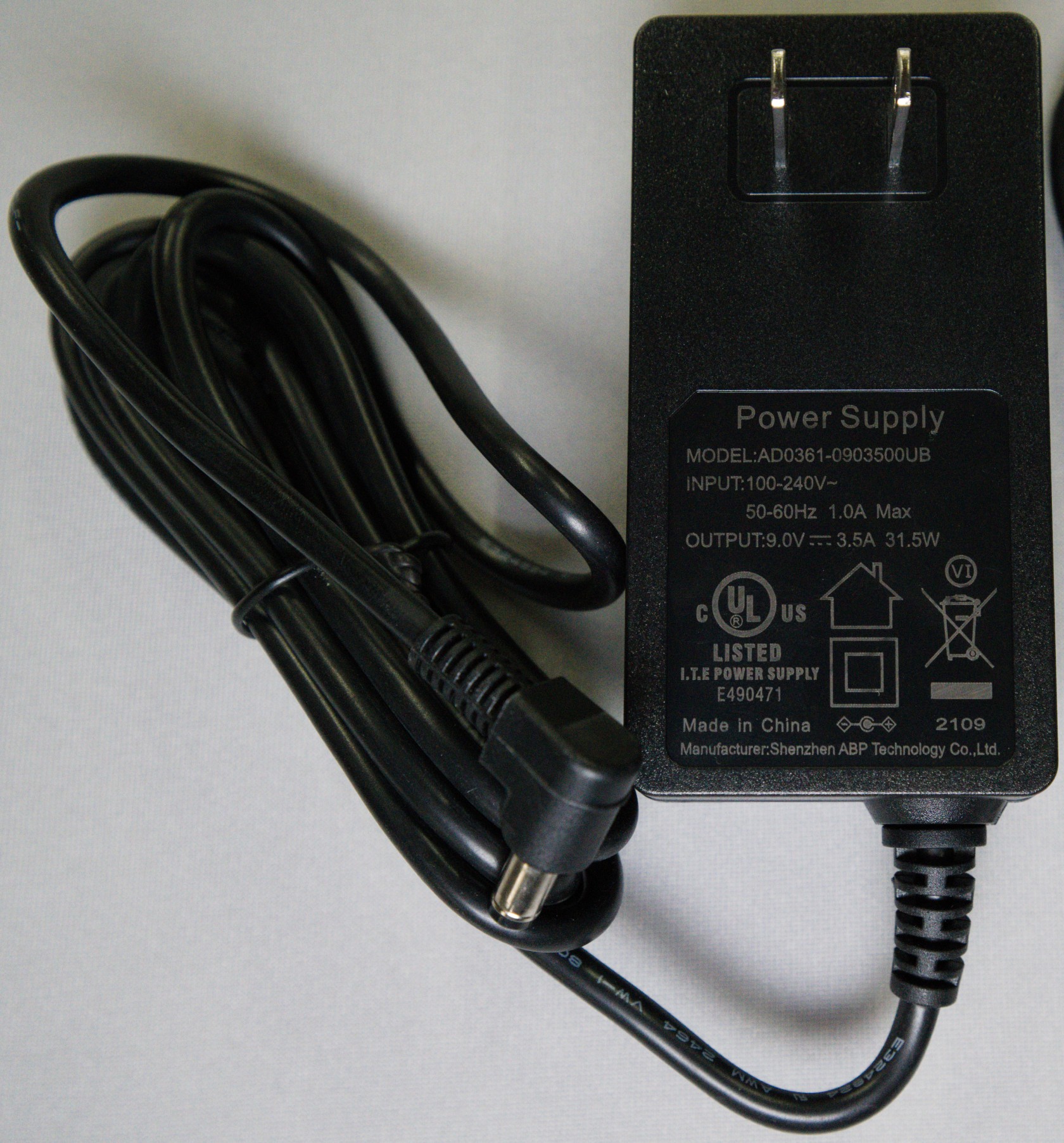Trackside Handheld Quick Start Guide
This article will show you what you need to do to power on your Trackside Handheld for the first time and get it operational.
Step 1 - Give the Handheld Power
Start by unpacking your Handheld from the box. You should have your Handheld, a power adapter, a User Guide, a USB cable, and a screw for the battery door, should you feel so inclined to install it.
These units undergo testing at the manufacturer, as well as at the Trackside Systems main office before being sent to you, so the battery should already be loaded in the device by time it makes it to you. If your battery or thermal receipt paper is in the box, you can load them very soon.
Turn the unit over, and remove the battery door. This is when you load your battery if it didn't happen to already be in the device. On the right hand side of the battery well, you will find the connector for the battery. Take your pigtail connector from your battery and connect it into the connector if needed. Try to handle the pigtail connector as politely as possible when connecting and disconnecting the battery so as to not damage the connections on the inside of it.
At this point, you can replace the battery door on the back of the device. As general advice, as long as you're not dropping or throwing your handheld (at which point you will incur larger problems than the battery door falling off), the battery door should never come loose, even without the screw, but if it allows you some peace of mind or you fear workers may tamper with the Handheld, feel free to install it.
See the side note at the bottom of the article for tips on how to maximize the life span of your battery.
Step 2 - Load Thermal Receipt Paper into Handheld
Unpackage the included receipt paper in the gold foil if it's not already loaded into the Handheld, and follow Loading Paper in the Trackside Handheld to print receipts. Return here when you've completed that article.
Step 3 - Power on the Handheld
Follow Turning On & Accessing the Trackside Handheld to power on your Handheld.
How's the charge on your device? It's probably best to have a good charge on it before using it for a full day's event. Charge it with the included charger if you think it could use one.
Side Note - Battery Life Span Best Practices
Be aware that even when turned off, these Handhelds will still draw a small amount of power to maintain memory in them. If you plan on long term storage of the Handheld for greater than 1 month, it is ideal to unhook the battery to prevent excessive discharge of the cells.
Excessively discharging any rechargeable lithium battery will generally spell instant death for the battery. Most rechargeable lithium batteries have a BMS, or Battery Monitoring System on board to prevent this, but common sense dictates tempting fate is a bad idea. Keep your batteries charged, but additionally...
Do not leave your rechargeable lithium batteries always plugged in. Trying to force the last little bit of power into them constantly will cause the cells to degrade more rapidly and shorten the battery's lifespan. These batteries will live life at their happiest if you regularly cycle them from a higher charge to lower before recharging them, and ideally not reaching either extreme of fully charged or discharged. This advice will apply to about any modern handheld device you have, be it the Handheld, your cell phone, a handheld radio, tablet, or what have you.
Lastly, don't mishandle the battery. If you puncture one of the cells, lithium is a very volatile element and will react violently with oxygen, ie the air. In layman's terms, it'll likely smoke and may cause what's breferred to as a class D fire, and the best way to put out lithium is by burying it in sand. You're not going to do it with an extinguisher or any reasonable amount of water. If you ever notice swelling from any lithium batteries in your life, it's time to replace it, and take the old one to a disposal center, found on your search engine of choice.

